(HQ Online) - Vietnam's seafood exports have shown positive signs since the first month of 2024. Of which, exports of two key seafood products, shrimp and tra and basa fish, will recover after a sharp decline in 2023.
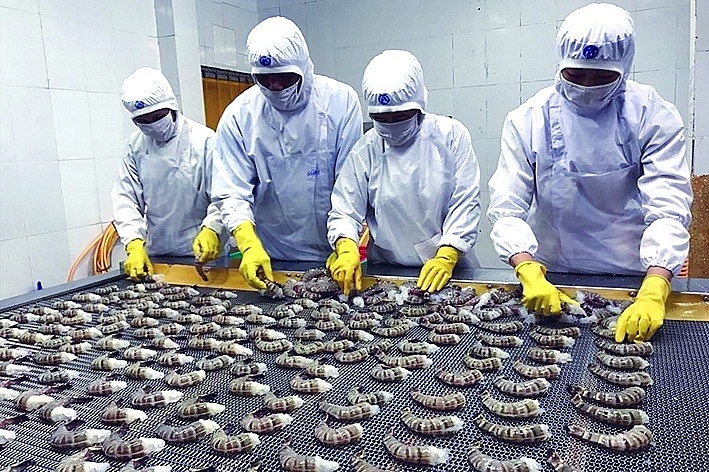 |
| Processing shrimp for export at Ca Mau Seafood Joint Stock Company. Illustration photo: NH |
Export value increased by nearly 70%
According to the Report of the Center for Digital Transformation and Agricultural Statistics ( Ministry of Agriculture and Rural Development ), the estimated export value of agricultural, forestry and fishery products in January 2024 reached 5.15 billion USD, an increase of 79.2% over the same period in 2023. Of which, the estimated export value of aquatic products in January 2024 reached 730 million USD, an increase of 60.8% over the same period in 2023.
According to experts, in general, Vietnam's seafood exports have shown signs of recovery since the end of 2023 and are likely to increase again in 2024, especially in the second half of the year. In particular, exports of two key seafood products, shrimp and tra and basa fish, will recover after a sharp decline in 2023. Forecasts from the Vietnam Association of Seafood Exporters and Producers (VASEP) also show that in 2024, Vietnam's shrimp exports will increase by 10-15% compared to 2023, especially in the last 6 months of the year, when inflationary pressure cools down, inventories at importers decrease, and shrimp prices increase again.
However, in addition to the advantages, there are still many difficulties for Vietnamese fisheries. The Ministry of Agriculture and Rural Development assessed that 2024 will continue to be a year of many unusual developments, with declining marine resources. The security and order situation at sea is complicated and unpredictable, countries in the region have increased control over fishing activities at sea, and our fishermen's fishing grounds have significantly narrowed.
Faced with that situation, the Ministry of Agriculture and Rural Development has reduced the seafood export target in 2024 to only 9.5 billion USD (the target in 2023 is 10 billion USD); total output is 9.22 million tons, keeping the aquaculture area at 1.3 million hectares.
Explaining the reason for adjusting the export target, Mr. Nhu Van Can, Deputy Director of the Department of Fisheries, said that 2024 is a year with many difficulties, especially when the European Commission (EC) maintains the "yellow card" warning for Vietnam's exploited seafood products. In addition, import demand has not shown signs of recovery, there is strong competition from markets and inventories of processing and exporting enterprises. For aquaculture, in addition to tracing the origin from the farming facility to the processing and exporting factory, it is necessary to ensure food safety, use properly and increase microbiological products to ensure quality.
Advantages with Chinese market
As one of the main export products of Vietnam's seafood, the shrimp industry is also facing many difficulties. Accordingly, the global oversupply situation may continue until at least the first half of 2024, as world shrimp production will increase, with a forecast increase of 4.8% to reach 5.9 million tons.
In addition, there is increasingly fierce competition from major shrimp farming countries. Specifically, Ecuador and India are increasing their market share in the US, China, the EU and Japan. These two countries are also increasing their processed shrimp exports, although the proportion is still modest. In addition, the shrimp industry is also facing the fear of anti-subsidy duties in the US, as the country is conducting an anti-subsidy investigation on shrimp imported from 4 countries, including Vietnam.
Faced with this situation, many shrimp enterprises are implementing flexible solutions to adapt promptly and build scenarios for many possible situations. At the same time, many domestic shrimp exporting enterprises will focus on value-added products and monthly export value. The average shrimp selling price may remain stable or increase slightly compared to the same period in 2024 due to weak recovery in consumer demand and having to compete with leading shrimp exporting countries such as Ecuador, India or Indonesia (higher discount prices).
Notably, the tensions in the Red Sea are causing many difficulties in the process of transporting export goods in general and seafood in particular when shipping costs increase. The high selling price to consumers will greatly affect purchasing decisions. The tensions in the Red Sea also affect shrimp exports to the US, EU, etc. However, thanks to that, shrimp exports to the Chinese market will be able to recover slightly thanks to the advantage of proximity and reduced logistics costs compared to competitors. On the other hand, China also needs shrimp supply from Vietnam when the supply from Ecuador is reduced, due to unstable security issues in this South American country and also due to the difficulty of sea transport, increased costs, etc. Therefore, China will have to compensate for the supply from Vietnam and other Asian countries.
Source










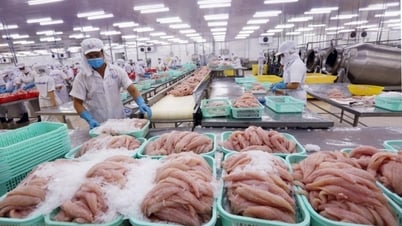

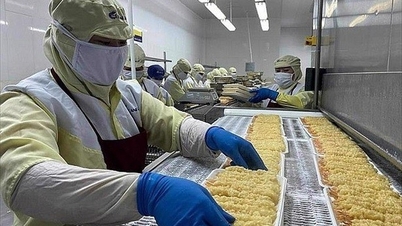

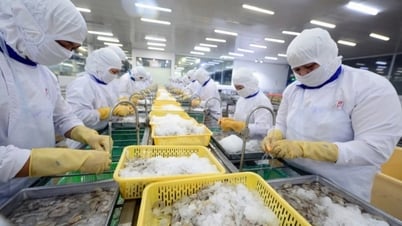

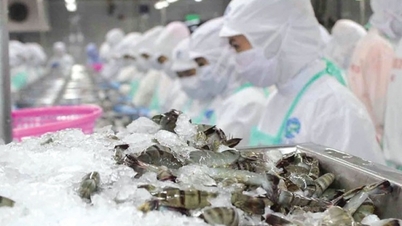


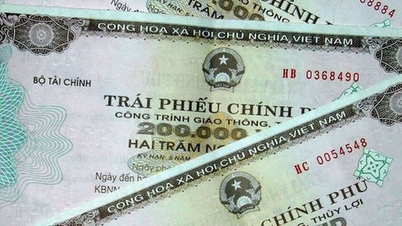


















































































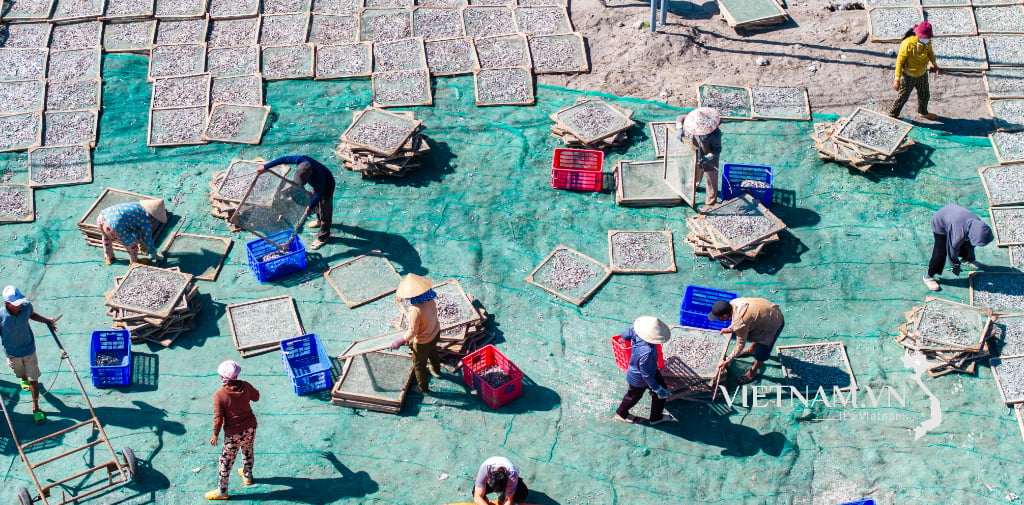
Comment (0)